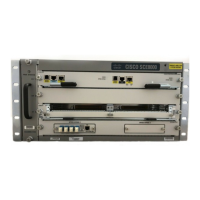




Do you have a question about the Cisco SCE8000 and is the answer not in the manual?
| Model | SCE 8000 |
|---|---|
| Product Type | Service Control Engine |
| Operating Temperature | 32 to 104°F (0 to 40°C) |
| Operating Humidity | 10% to 90% non-condensing |
| Rack Height | 2U |
| Network Interfaces | 10/100/1000 Ethernet |
| Management Port | 10/100/1000 Ethernet |
| Throughput | Up to 8 Gbps |
| Application | Service control |
| Redundancy | Power supply |
| Management | CLI, SNMP |
Covers site readiness, including power service verification and necessary checklists for installation planning.
Lists essential tools and parts required for preparing the Cisco SCE8000 chassis for installation.
Provides instructions on safely unpacking the Cisco SCE8000, checking contents, and storing packaging.
Details rack dimensions and requirements for successfully mounting the SCE8000 chassis into a standard rack.
Explains the procedure for installing optical bypass modules, either chassis-mounted or in an external panel.
Details the critical steps for establishing a proper system ground connection for safety and regulatory compliance.
Provides step-by-step instructions for connecting and installing DC power supplies into the SCE8000 chassis.
Guides through the process of connecting and installing AC power supplies for the SCE8000 system.
Explains how to connect to the SCE8000 via a local console for initial setup and management.
Details the essential global parameters required for proper SCE platform communication and operation.
Describes how to cable the Gigabit Ethernet management port for LAN connectivity and remote access.
Summarizes various connectivity options and port configurations for different SCE8000 network topologies.
Provides general guidelines for cabling schemes in MGSCP deployments with multiple platforms.
Details the process of connecting 10 Gigabit Ethernet fiber optic cables to the SPA modules.
Explains how to interpret the status LEDs on the SCE8000 for verifying connectivity and operational status.
Guides on verifying the installation through checking port status and confirming active connections.
Describes how to use interface counters to monitor traffic flow on 10-Gigabit Ethernet ports.
Explains how to view user logs and counters to identify and diagnose potential installation issues or errors.
Details how to display the current running and startup configurations of the SCE8000 platform.
Provides instructions on saving running configurations to startup configurations to ensure persistence across reboots.
Lists operational states, descriptions, and corresponding LED status for diagnosing system behavior.
Helps diagnose common startup problems by examining LED indicators and user log messages.




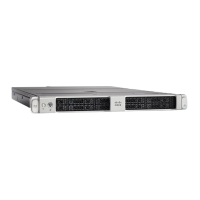


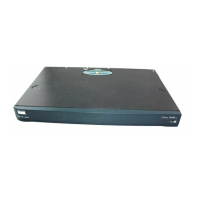

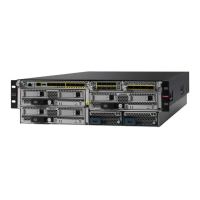
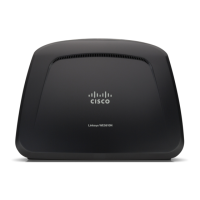
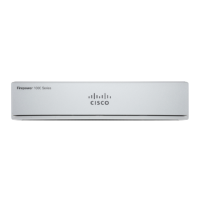
